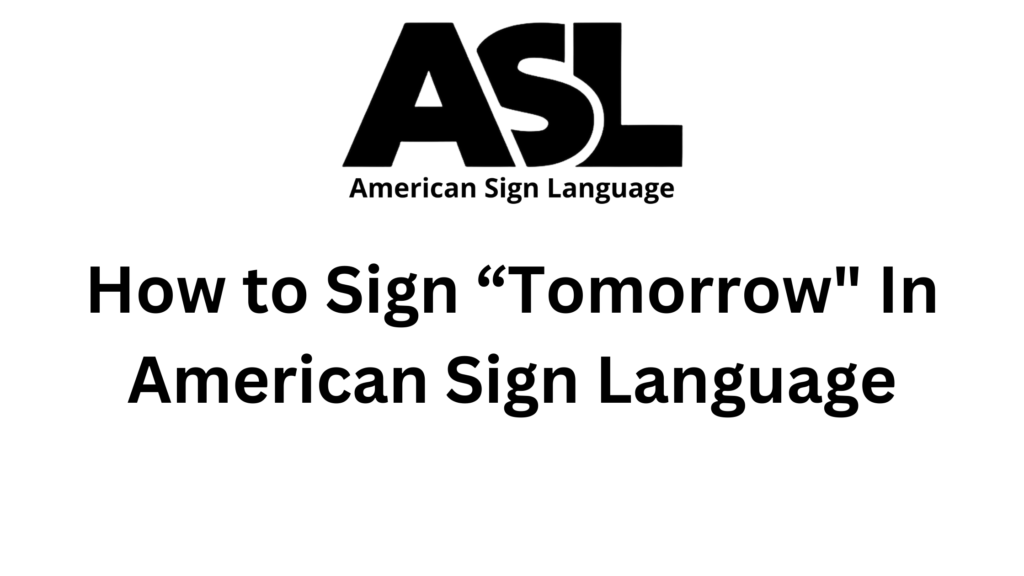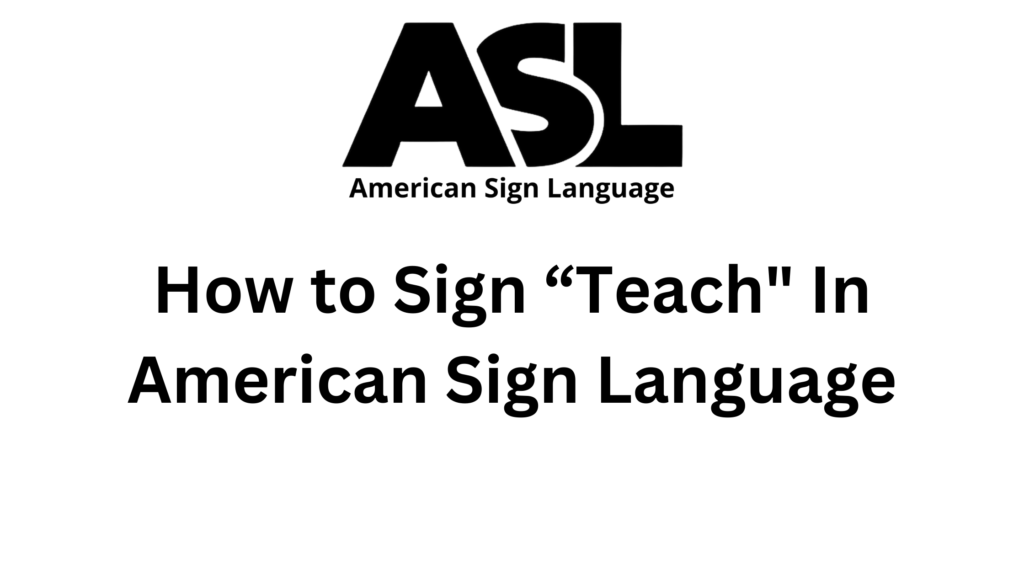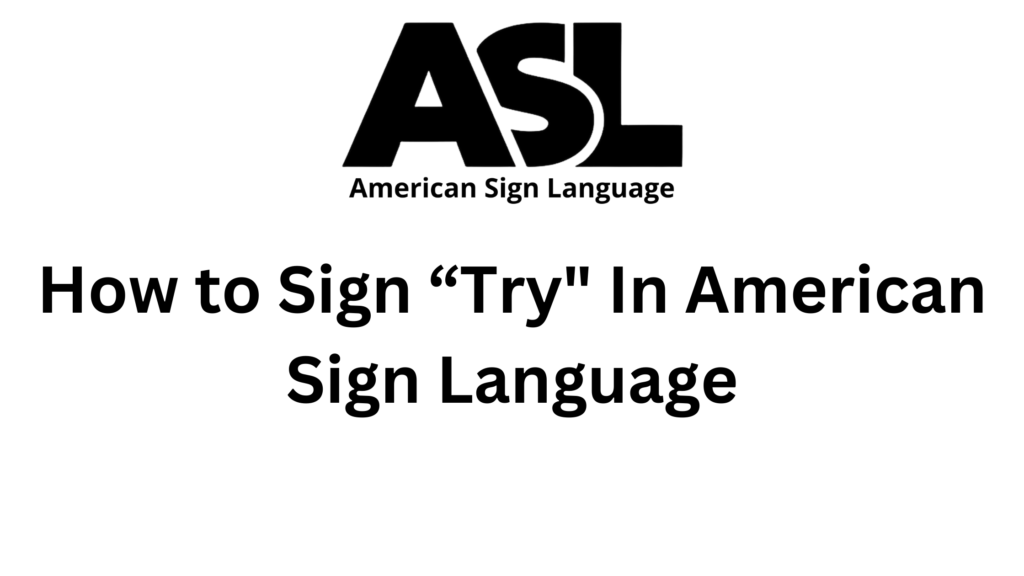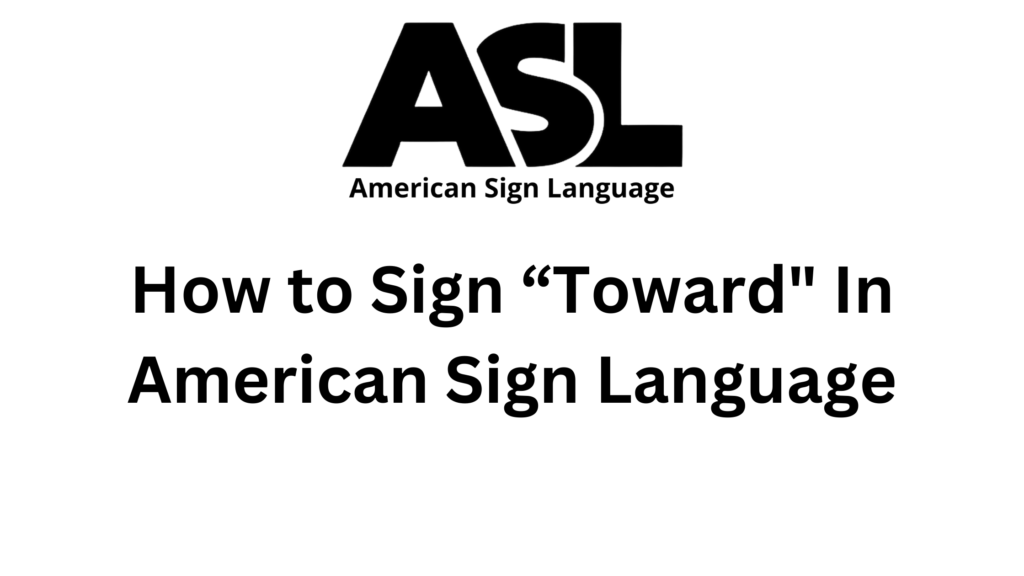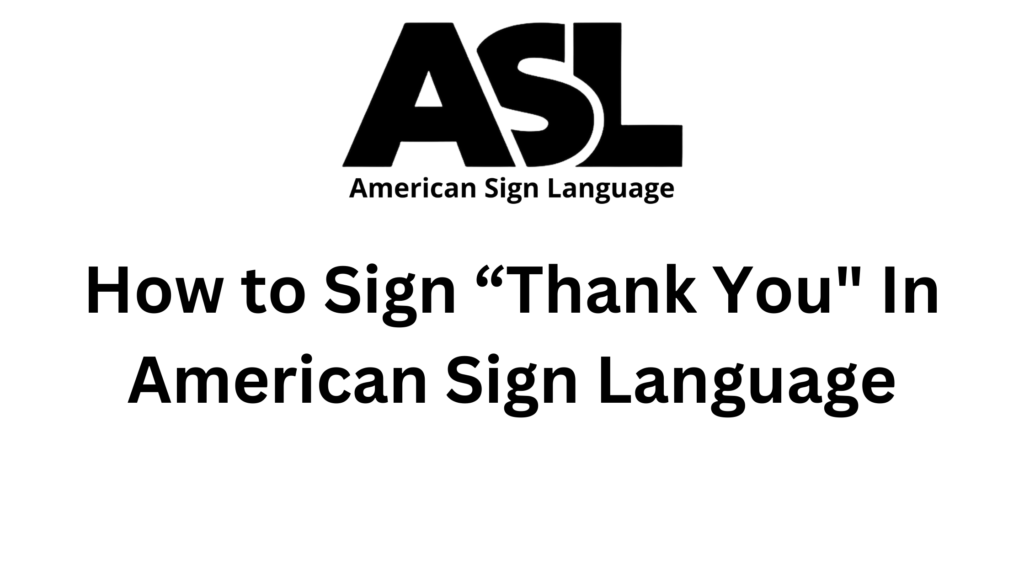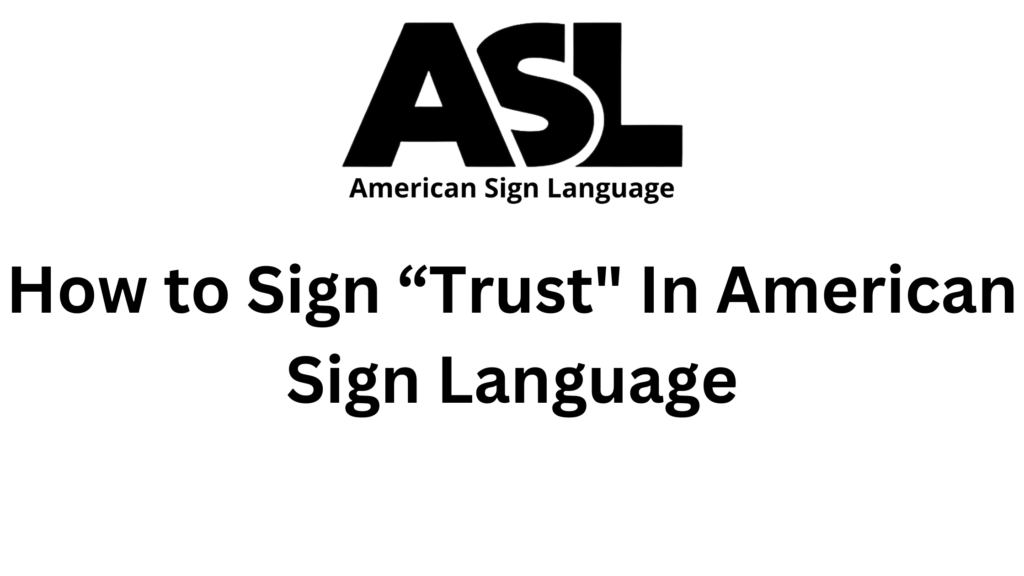Introduction to “To” in ASL
American Sign Language (ASL) is a rich, expressive language used by the Deaf community in the United States and parts of Canada. One important and frequently used sign in ASL is “to.” This small but crucial word is used in many sentences and phrases. Learning to sign “to” will help you build more complex sentences and improve your overall fluency in ASL. This guide will provide you with all the information you need to sign “to” correctly and confidently.
Basic Handshape and Orientation of “To”
To sign “to” in ASL, you need to start with the correct handshape and orientation. Here’s how you begin:
Handshape: Use your dominant hand with the index finger extended and the rest of the fingers folded down.
Orientation: Your palm should face towards you.
These elements are crucial for forming the sign correctly. The handshape and orientation set the stage for the movement that completes the sign.
Step-by-Step Signing Instructions for “To”
Now that you know the basic handshape and orientation, let’s go through the step-by-step instructions for signing “to.”
Position Your Hand: Raise your dominant hand to chest level with your index finger extended and the rest of your fingers folded down.
Movement: Move your index finger forward in a straight line. The direction of the movement indicates the direction of the action, person, or place you are referring to.
By following these steps, you will be able to sign “to” accurately.
Facial Expressions and Non-Manual Markers for “To”
In ASL, facial expressions and non-manual markers (NMMs) play a crucial role in conveying meaning. When signing “to,” your facial expression should match the context of the conversation.
Neutral Expression: Use a neutral facial expression for a simple statement or question.
Questioning Expression: Raise your eyebrows if you are asking a question.
Emphatic Expression: Use a more intense facial expression if you are emphasizing something important.
These facial expressions help convey the appropriate tone and context of your message.
Common Variations and Regional Differences for “To” Sign Language
ASL, like any language, can have regional variations. The sign for “to” might differ slightly depending on where you are.
Standard Sign: The steps described above are widely accepted.
Regional Variations: In some areas, people might use a different handshape or movement. For example, some might use a slightly curved index finger instead of a straight one.
Being aware of these variations can help you better understand and communicate with people from different regions.
Practicing and Politeness for “To” Sign Language
Practice is key to becoming fluent in ASL. Here are some tips for practicing the sign for “to”:
Practice Daily: Make it a habit to practice signing “to” every day.
Use a Mirror: Sign in front of a mirror to check your handshape and facial expressions.
Sign with Friends: Practice with friends or family members who know ASL.
Being polite in ASL also involves using the correct signs and showing respect for the culture. Always be mindful of your facial expressions and body language.
Using “To” in Everyday Situations
Knowing how to sign “to” is useful in many everyday situations. Here are a few examples:
Directions: “Go to the store.”
Actions: “I need to finish this.”
Questions: “Who are you talking to?”
Using the sign for “to” in different contexts helps you become more comfortable and fluent in ASL.
Additional Signs for “To”
To expand your ASL vocabulary, here are some additional signs related to “to”:
From: Extend your non-dominant hand with the index finger pointing up. Then, use your dominant hand’s index finger to touch the tip of the non-dominant hand’s index finger and pull it away.
Toward: Extend your non-dominant hand with the palm facing you and fingers together. Use your dominant hand’s index finger to point towards the non-dominant hand.
At: Point with your dominant hand’s index finger at a specific location or object.
Learning these additional signs will give you a broader understanding of ASL and make your communication more versatile.
Cultural Considerations of “To” in ASL
Understanding the culture behind ASL is important. The Deaf community values clear and expressive communication. Here are some cultural tips:
Respect the Language: Always strive to use ASL correctly and respectfully.
Engage with the Community: Participate in Deaf events and practice signing “to” and other words with native users.
Be Patient: Learning a new language takes time. Be patient with yourself and others.
By considering these cultural aspects, you will become a more respectful and effective communicator in ASL.
Conclusion of “To”
Signing “to” in ASL is a valuable skill that enhances your ability to communicate with the Deaf community. By understanding the basic handshape, orientation, and facial expressions, you can accurately sign “to.” Remember to practice regularly and be mindful of cultural considerations. With dedication and practice, you will become more proficient in ASL.
For more information on learning ASL and other signs, visit our homepage



